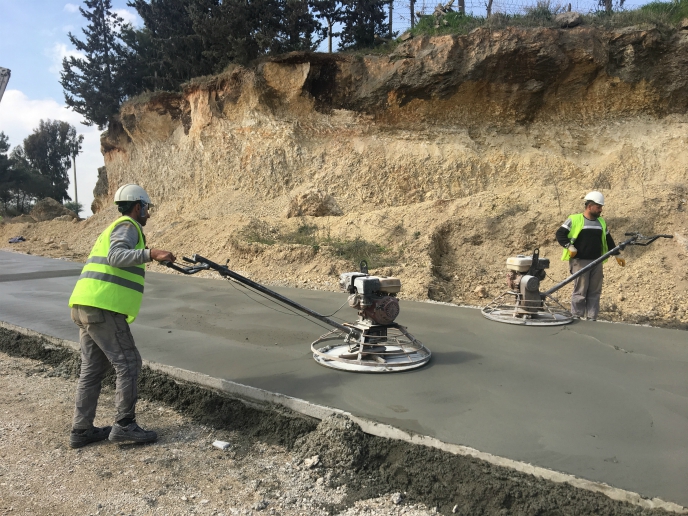A novel cloud-based platform helps industries minimise waste and enhance sustainability
A circular economy in which resources and energy are recycled or recovered rather than moving linearly from use to waste to disposal is based on the industrial symbiosis concept. The ambitious EU-funded FISSAC project set out to accelerate the transition to a circular economy in the construction sector. Project members worked on a decision-making tool to evaluate the life cycle considerations of materials and processes along with a networking tool for identifying and establishing symbiotic partnerships. According to project coordinators Blanca Juez and Daniel Hiniesto, “The overall objective of FISSAC was to develop and demonstrate a new paradigm built on an innovative industrial symbiosis model with a zero-waste approach in the resource-intensive industries of the construction value chain.”
Valorisation of waste for circular rather than linear processes
FISSAC partners manufactured innovative eco-cement and concrete, ceramic wall tiles, and rubber-wood-polymer composites for decking, cladding and fencing, all at industrial scale. These products utilised different types of second raw materials and techniques based on ecodesign concepts that include life cycle considerations from procurement, manufacture and use to disposal. Among the materials reclaimed by FISSAC were industrial ladle and electric-arc furnace waste (slag), glass and ceramic waste, aluminium waste, marble slurry, used tires and recycled or virgin wood and plastics. The eco-cement was also used to make novel green precast concrete elements such as pavement and so-called Jersey walls or barriers that separate lanes of traffic. Autoclaved aerated concrete (AAC) wall blocks were produced from ceramic waste and furnace slags. As Juez and Hiniesto explain, “Five different case studies are showcasing how the new solutions developed can be actually implemented. Running in parallel, several living labs have taken place in different countries, focusing also on non-technical barriers and social acceptance as key factors needed to implement symbiotic processes.” The focus of FISSAC is ensuring sustainability of their circular economy concept by accounting for environmental, economic and social factors.
Putting information and resources in the hands of decision-makers
To encourage transition to a circular economy, FISSAC created a user-friendly cloud-based information technology (IT platform). It facilitates industrial clustering (creation of new symbiotic relationships in a given region) through a geographic information system (GIS)-based marketplace. Their IT platform supports decision-making through life-cycle analyses of the materials’ flows to determine potential symbioses opportunities. According to Juez and Hiniesto, “Facilities can retrieve information about industrial symbiosis opportunities, perform feasibility assessments and evaluate network performance using environmental, economic and social indicators. They can search for solution providers and contact other facilities through the marketplace.”
Enhancing industrial symbiosis across sectors throughout Europe
FISSAC outcomes are evolving on their own. “New spontaneous synergies between partners and closed-loop actions have emerged during the project. The new networks have enabled more sustainable supply chains and alternative scenarios for the replication of the FISSAC model. We hope FISSAC outcomes will continue to foster industrial symbiosis and contribute to regional sustainable development efforts,” Juez and Hiniesto explain. To nurture the seed they have planted, the FISSAC team is spreading the word to target groups at the regional, national and international level. In parallel, the FISSAC project website provides free access to the FISSAC IT platform to facilitate networking and decision-making.
Keywords
FISSAC, industrial, waste, industrial symbiosis, circular economy, sustainable, symbiotic, ceramic, concrete, wood, eco-cement, networking, furnace, recycled, life cycle







